An apple a day keeps the doctor away – but is that enough to keep us fit and strong? Superfoods are becoming increasingly popular as people dump “unhealthy foods” for nutrient-packed products originating from Africa. A good number of people are either going vegetarian, vegan, or turning to the ways our grandparents used to eat.
What are superfoods?
They are foods rich in nutrients, antioxidants, probiotics, fiber, and other health-promoting compounds. They don’t have their food group and are considered by some dieticians as a marketing term for foods with health benefits.
Africa has contributed immensely in supplying indigenous plants for food and medicine. The continent boasts a wealth of natural resources, and among its hidden treasures are a myriad of superfoods and other medicinal plants that have been integral to traditional practices for centuries. These foods have been overlooked for years but are now becoming more popular as experts shed more light on their benefits.
Let’s explore some of the nutritional and healing treasures that lie within the continent’s varied ecosystems.
Baobab

Baobab trees in Malawi. Source: Wikimedia Commons
The Hausas have long embraced the nutritious qualities of baobab, using the protein-packed baobab leaves in a traditional soup known as ‘miya kuka’. The rest of the world only recently started to catch up to its wonders. It is a common tree in eastern and southern Africa’s savannahs. This majestic African plant known as the ‘tree of life’ or ‘miracle tree’ boasts the highest antioxidant content of all superfoods. The sugar-free fruit also contains high levels of calcium, vitamin C, potassium, and fiber (10 times the fiber of apples).
The whole plant is edible in some form. Its leaves, seeds, and pods are used for a variety of dishes, contributing to both flavor and health benefits. The leaves are eaten traditionally as a leafy green in stews. The fruits can be very dry, so it rarely goes bad. It can be used to make juices and smoothies. The seeds, loaded with fiber, omega-3 fatty acids, and micronutrients are used to make baobab oil.
Moringa
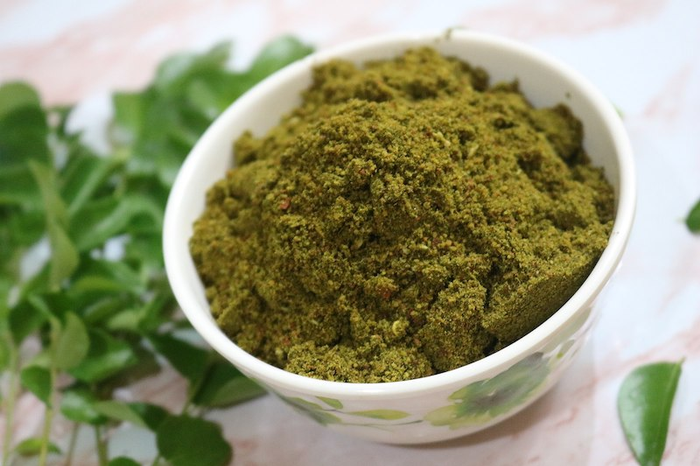
Moringa leaf powder. Source: Wikimedia Commons
Just like the baobab, every part of the moringa tree – bark, pods, leaves, nuts, seeds, tubers, roots, and flowers – is edible. Native to Africa and South Asia, moringa, also known as the miracle herb is filled with phytonutrients, amino acids, and high-value minerals in every part of the plant. The leaves are used fresh or dried and ground into powder and can be incorporated into a variety of dishes, contributing to both flavor and helping to prevent diseases and boost health. It also has amazing skin benefits. In some African countries, traditional medical practitioners use leaves or powder to treat skin irritations, anemia, headaches, blood pressure, inflammation, erectile dysfunction, diarrhea, or fever. It is also added to diets to help combat poor nutrition or malnutrition. Some advocacy groups have even recommended moringa as a remedy for malnutrition in Africa, especially among infants, children, and nursing mothers.
In Western countries, the dried leaves are sold as dietary supplements, either in powder or capsule form.
Moringa, also known as drumstick tree or horseradish tree, is especially promising as a food source in the tropics because the tree is in full leaf at the end of the dry season when other foods are typically scarce.
Tamarind

Man processing peeled tamarind, Malawi. Source: Wikimedia Commons
It is native to Africa but also grows in other tropical regions including India. The tamarind tree produces bean-like pods which contain seeds and a fibrous pulp. Known for its sweet-and-sour flavor, tamarind is rich in vitamins, minerals, and antioxidants. The pulp is a rich source of dietary fiber It can be used to make juice, sauces, marinades, curries, and other dishes. The leaves, beans, bark, and wood of the tamarind tree have a wide variety of uses.
The tamarind, with its sweet and tangy flavor, is particularly useful for restoring electrolyte imbalance when you’re experiencing dehydration. The health benefits of tamarind are not talked about enough, but this fruit can keep your liver and heart safe from diseases.
Hibiscus
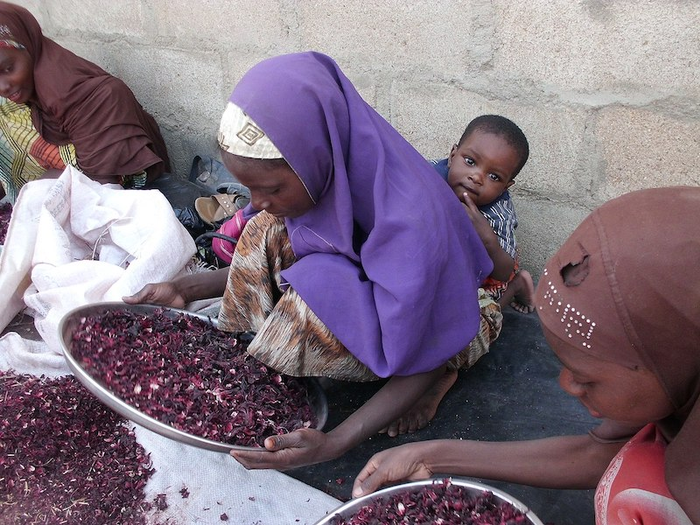
Women cleaning dried hibiscus flowers. Source: Wikimedia Commons
Hibiscus, believed to have originated in West Africa, is another gift from nature packed with health benefits. Like all superfoods, hibiscus flowers are rich in antioxidants minerals, and vitamin C. They come in a variety of colors, have a unique flavor, and can be used in different ways. It is the key ingredient for a wide variety of drinks including the Ghanaian sobolo, Nigerian zobo, and the Senegalese bissap. It can be served hot or chilled with ice.
It is more than just a refreshing drink. Ancient Africans used hibiscus medicinally to treat measles, high blood pressure, and liver disease. The fibrous pulp was also used as a type of bandage for wounds. For many Afro-Diasporans, hibiscus drinks do more than nourish the body and raise the spirits: they invoke history.
Studies have found that hibiscus tea may lower both systolic and diastolic blood pressure. It can also promote liver health.
Fonio
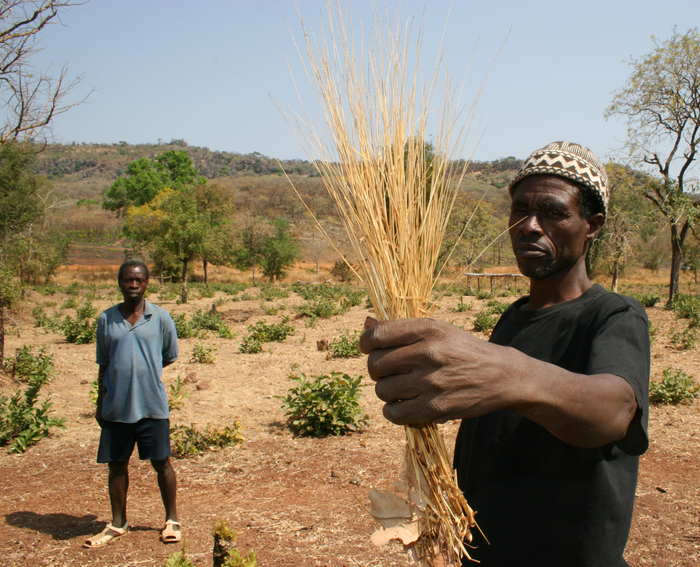
Man holding harvested fonio grain, Senegal. Source: Wikimedia Commons
Just like moringa, fonio is also a drought-resistant grain related to millet. Native to the West African Sahel, this crop has been cultivated and bred for thousands of years by people across West Africa. It is one of the world’s most nutritious grains, rich in amino acids, complex carbohydrates, dietary fiber, B vitamins, iron, magnesium, zinc, and calcium. This nutrient-rich and gluten-free grain is good for salads, stews, and porridge.
Fonio never really interested people outside West Africa, until very recently when it was thrown into the spotlight due to a growing demand for superfoods. It is rising in popularity among foodies in big cities like New York.
Amaranth

Amaranth plant. Source: Wikimedia Commons
This protein-rich and gluten-free grain is making waves as a superfood globally. It is known by various names in Africa – mchicha in Swahili, terere among the Gikuyu, Meru, and Embu of Kenya, doodo in Uganda, and Shoko in Yoruba. Both the leaves and grain of amaranth are used as food. Its versatility allows for inclusion in soups, porridges, and baked goods.
Indigenous to Africa, amaranth is packed with protein, iron, and essential amino acids. Its health benefits include reducing cholesterol, increasing immunity, and calming hypertension.
Kenkiliba
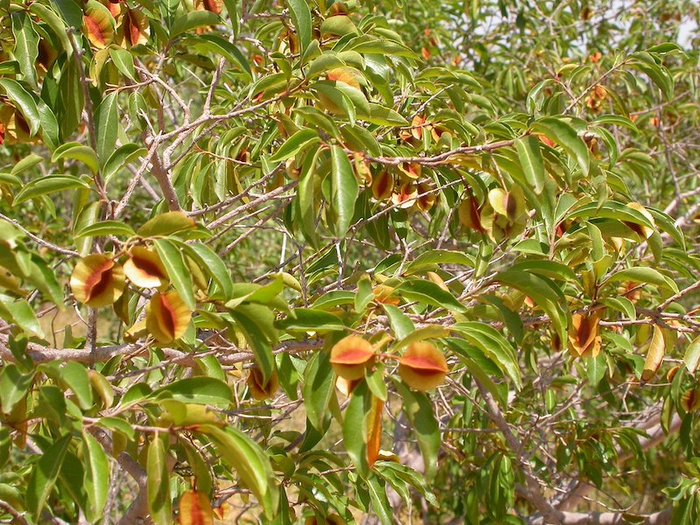
Kenkiliba shrub. Source: Wikimedia Commons
Native to the Sahel, kenkiliba has its uses in traditional medicine. The leaves from the Kenkiliba shrub are dried and made into tea, which is great for digestion and natural detoxification. It is also touted as a cure-all and is common in Burkina Faso, Mali, Senegal, Guinea, and the Gambia.
If you are on the healthy food path, you can replace coffee or tea at breakfast with kenkiliba.
Aloe Vera
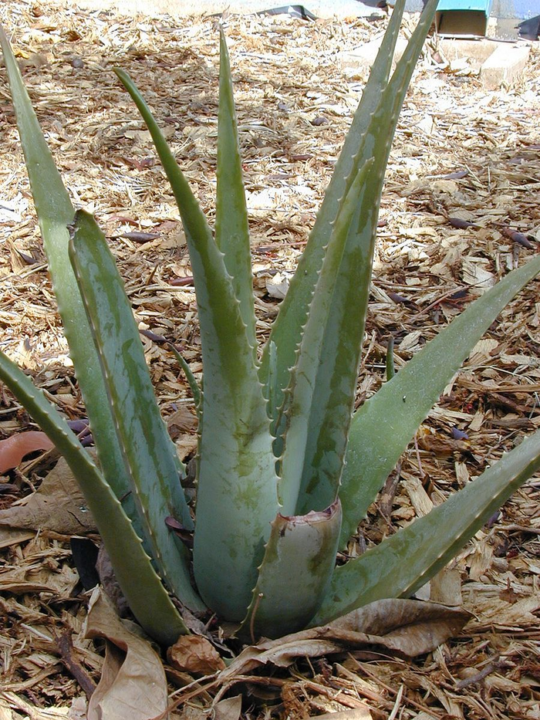
Aloe vera plant. Source: Wikimedia Commons
Aloe vera’s rise to superfood status has been a long time coming. Found mainly in northern and eastern Africa, this is an excellent top superfood that is great for the skin and helps to boost immunity. Aloe vera is a nutritional and medicinal powerhouse. containing vitamins A, D, C, E, minerals, enzymes, and most of the essential amino acids. Aloe vera is full of antioxidants which promote a strong immune system and also aid digestion.
Integrating African superfoods into modern wellness practices
As their popularity soars, African superfoods are not just staying inside the continent’s borders. Those with an eye for business are taking them out of Africa and putting them in supermarkets across the world – from Asia to America. Those in the food business are now using them to make healthy dishes and make a fortune while at it.
Nutritionists and health professionals are raising awareness about the proper use and incorporation of African superfoods into daily diets. Many are beginning to recognize the value of these foods in promoting overall well-being and preventing health issues.
E-commerce platforms have also been facilitating the direct sale of African superfoods, making them accessible to a global audience.
Due to the rising popularity of these superfoods, there are concerns that although large-scale exports of these superfoods would be profitable for local farmers, they could end up being priced out of the market. Large multinational corporations may buy up farming land and crops, thereby limiting the ability of the locals to trade and export their ingredients.




